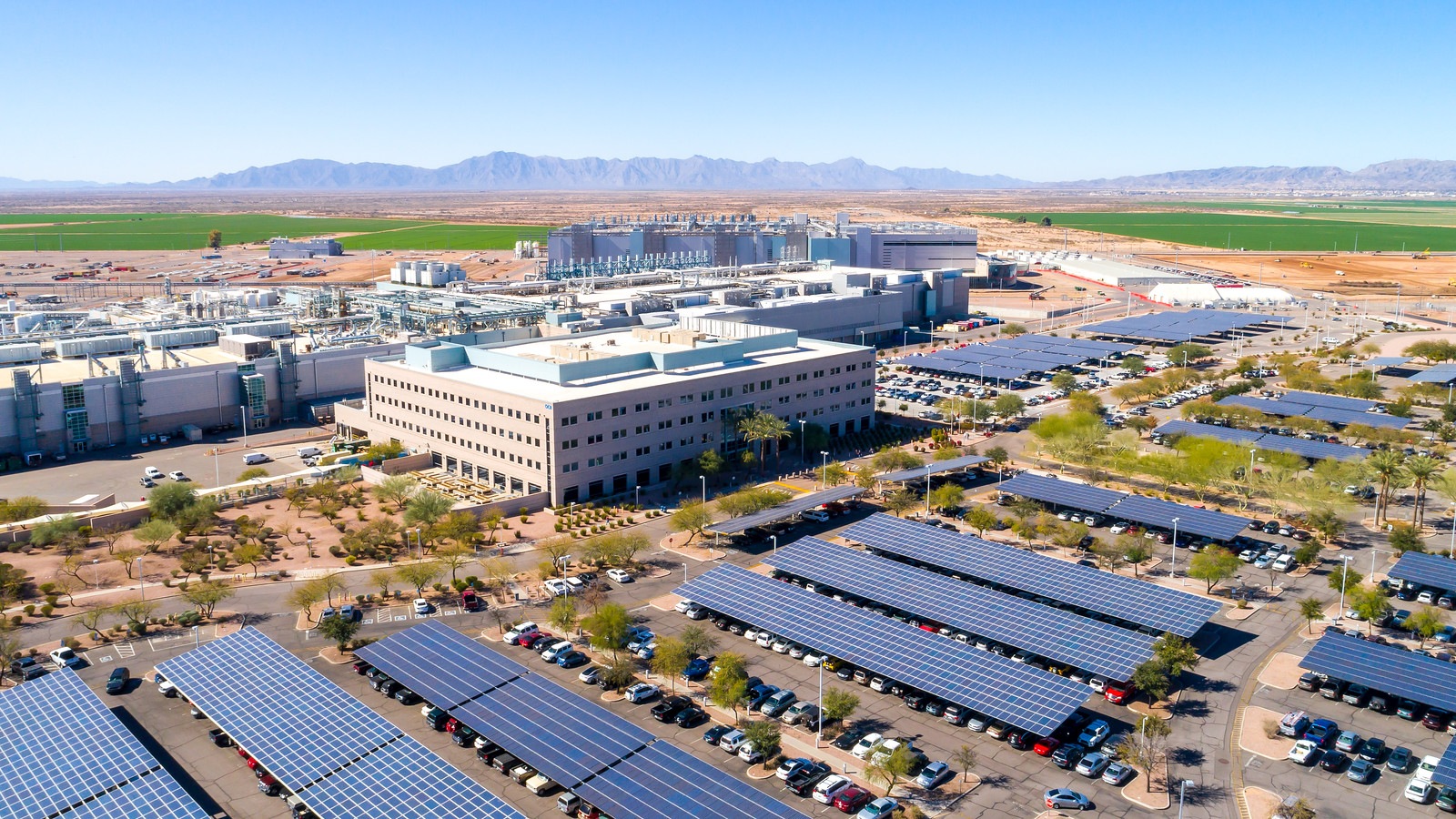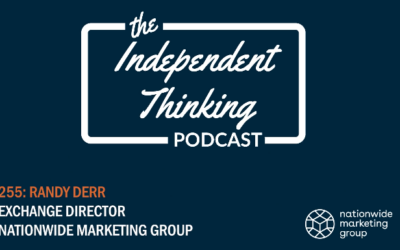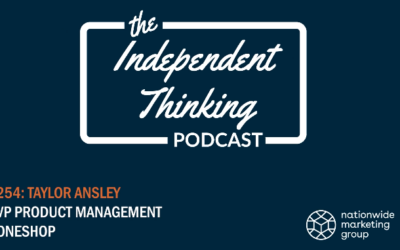Even more recently though, Intel, one of the major producers of chipsets, predicted that it could take several years for the global semiconductor shortage to be resolved. The explosion in the work- and study-from-home trend combined with continued capacity shortages at foundries are the main drivers of the shortage, Intel CEO Pat Gelsinger told a virtual crowd during the recent Computex tradeshow.
To that end, we know that the Big Three when it comes to chipset production, are in the middle of jockeying for a slice of the $54 billion(ish) in subsidies that the U.S. government is planning to set aside for the chip industry. TSMC, Samsung and Intel have all made moves to secure land across the country where their new U.S.-based chip factories will be located. But how far off are each of those manufacturers from actually, you know, manufacturing? They’ve each provided some updates over the past week or so.
Let’s run through them.
TSMC
Taiwan Semiconductor Manufacturing Co. LTD (TSMC) — the largest global contract chipset supplier with customers that include Apple, Nvidia and Qualcomm — is the furthest along with its plans to begin producing chips here in the U.S. During its annual technology presentation call with investors last week, the firm reported that construction is “well under way” on its $12 billion Arizona facility.
TSMC CEO C.C. Wei said that the planned factory remains on track to start volume production of chips using the company’s 5-nanometer production technology starting in 2024.
According to a Reuters report, TSMC’s facility in Arizona could expand over the next 10-15 years to include as many as six production plants. Phoenix city officials have already agreed to provide the company $200 million to develop roads leading to the facility, sewers and other infrastructure necessities.
Intel
Back in February, Intel — the largest chipset maker by revenue — announced plans to invest $3.5 billion to upgrade a New Mexico plant. The tech giant later added that it would drop another $20 billion to build two new facilities in Arizona.
The new Arizona facilities are expected to help support 3,000 new high-tech jobs, 3,000 construction positions and roughly 15,000 additional indirect jobs in the community. That said, there’s been no exact word on timing for the facilities to open or even begin construction.
Samsung
It’s expected that Samsung will begin construction on a $17 billion chip plant in Austin, Texas, during Q3. Though Samsung has yet to specifically confirm that news, Reuters found documents filed with the state of Texas that showed Samsung is at least considering the Austin area as the home of a chip-production facility. Those filings showed that Samsung is seeking roughly $800 million in tax breaks for the project, which could create as many as 1,800 jobs.
Samsung already employs some 3,300 people in the Austin area. The tech giant operates a massive 300-acre semiconductor manufacturing plant in Northeast Austin that first opened in 1997.
All Dried Up?
It’s known that semiconductor foundries (or fabs) guzzle millions of gallons of water every day for their production process. That reality makes the decisions by Intel and TSMC to open semiconductor production facilities in the Grand Canyon State, which only receives an average of 13.6 inches of rainfall each year, something of a headscratcher.
Or does it?
Intel has an interesting note on its website about the decision to build in Arizona and the contributions their plants could make to the local water conservation efforts. The plan, they say, is to run their facilities at “net positive water use.” Coupled with Intel’s investment in 15 water restoration projects, the goal, they say, is to “restore an estimated 937 million gallons each year.”
While there’s no easily-accessible reporting on TSMC’s water-based restoration efforts, it’s not hard to imagine that they’ve made (or been asked to make) similar commitments on their end.




